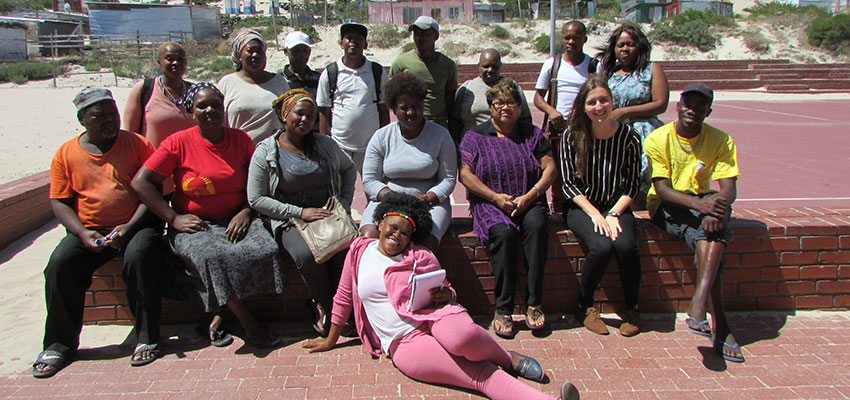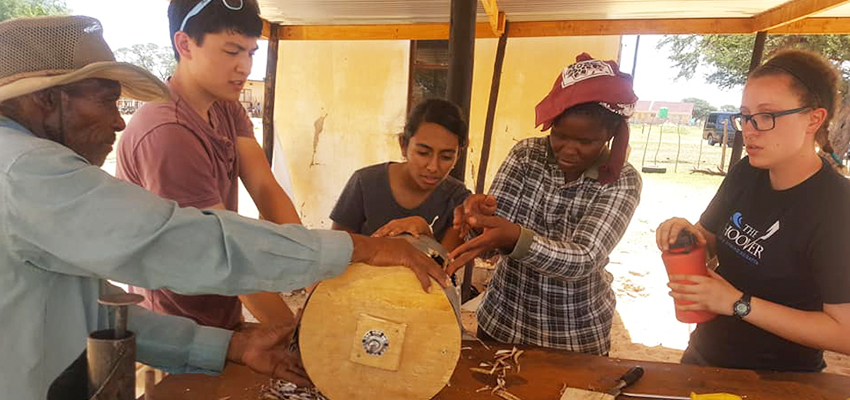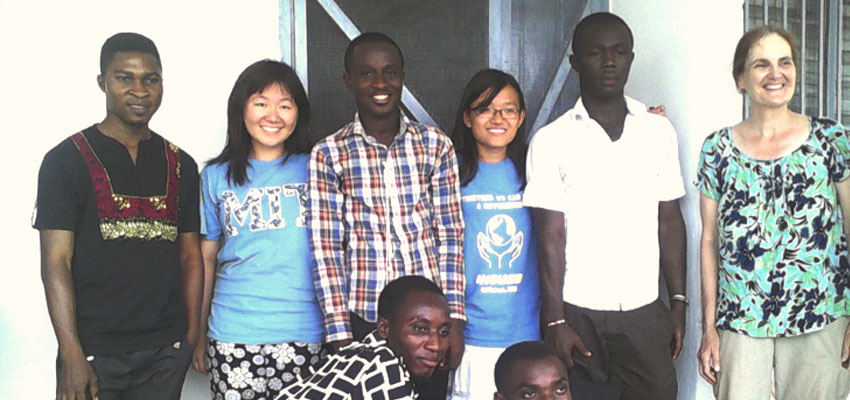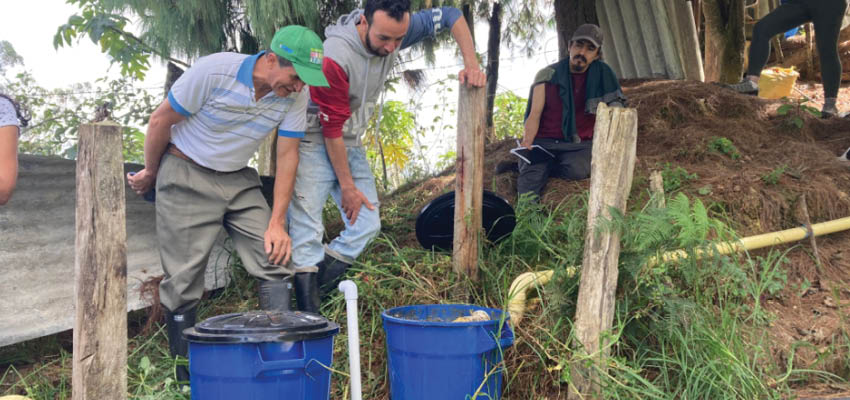
Improving a biological wastewater treatment system in rural Colombia.
MIT D-Lab class
D-Lab: Water, Sanitation, and Hygiene (WASH)
Community partner
Diversa
- Diana Gamba
- Natalia Barrera Gutierrez
Ecoconcientízate: https://www.facebook.com/ecoconcientizate/
Eliana Robayo
Country
Colombia
Student team
MIT students unless otherwise noted.
- Kitty Boakye, Wellesley ‘26
- Junia Yuhui Yang, Harvard Graduate School of Design MLA ‘24
- Anna Rhee, Harvard Graduate School of Education ‘24
- Ghassan Aljawi, MIT ‘24
- Hailey Quinn, MIT ‘24
Project
We are working on improving a biological wastewater treatment system in rural Colombia, which is not 100% effective at disinfecting the water and removing coliforms. Our project is adding a third step in this process to meet the international standards for returning water to the environment, so the water can be safely discharged into the soil and natural bodies of water, protecting the environment from harmful substances and allowing the water cycle to continue.
Problem framing
The current biological wastewater treatment system consists of two phases: a primary treatment for black water (which is a vermifilter system in this case) and for gray water (a grease trap), and an artificial wetland where both sources of water are combined. Currently, the system does not remove all coliforms, so we added a third step in the process to remove these remaining bacteria.
This third step needs to restore the water to high enough quality to be returned to the natural environment. For this reason, we don’t want to use chemical agents. The solution should also be easy to access and maintain.
Cultural and/or market context
Notable contextual backgrounds include distinct climate characteristics and resource accessibility. The region related to this project experiences prolonged cloudy seasons and on average receives 4 to 6 hours of sunlight per day. Such limited solar radiation is paired with increased levels of humidity frequently ranging between 70 and 80%. Additionally, accessibility to electricity poses a few challenges related to cost and structurally extending energy sources from rural households. Geographically, communities where this project will be implemented and utilized are located along the slopes of Colombia’s mountainous regions. Constructing and scaling up the product of this project have the potential to benefit from readily available transportation and access to nearby cities.
Solution and technical details
The solution we are proposing is a slow sand filter that will be implemented at the end of the existing wastewater treatment system, using the water output from the artificial wetland. Slow sand filters have been proven to be up to 99% effective at removing coliforms and other bacteria from water. The filter consists of a layer of gravel, with a larger layer of sand on top. The output of the filter should exit the filter at the bottom, yet remain at a height above the surface of the sand in order to maintain a layer of water over the sand’s surface. The filter works by forming a layer of bacteria called a schmutzdecke, which sits at the interface of the sand and water. The schmutzdecke layer works to remove harmful bacteria from the water.
We also considered a ceramic pot filter, where the bacteria and other pollutants are retained at the bottom of a ceramic lid. These filters are particularly good at catching bacteria. However, due to a low lifespan of 2-3 years and the difficulty of detecting cracks in the lid, the solution was not suitable for our design parameters.
Hand-off to partner, next steps
After meeting with Diversa and the community members, we are conducting further research focusing on key aspects of the sand filtration system. First, we are delving into the mechanisms of sand filtration to gain a deeper understanding of how the schmutzdecke layer forms. It is crucial to ascertain the time required for an effective bacterial layer to develop and how to detect its presence. Additionally, we are exploring the feasibility of artificially inducing the formation of this bacterial layer during system construction.
Second, we are analyzing and establishing the system's requirements in terms of capacity, size, surface area, depth, and duration. This analysis considers the artificial wetland's water output to be approximately 42 liters per person, based on an average household size of 2-4 persons.
Lastly, to facilitate the construction process, we are determining the most effective type of sand to use in the filtration system.
Contact
Libby Hsu, MIT D-Lab Associate Director for Acadamics and Lecturer



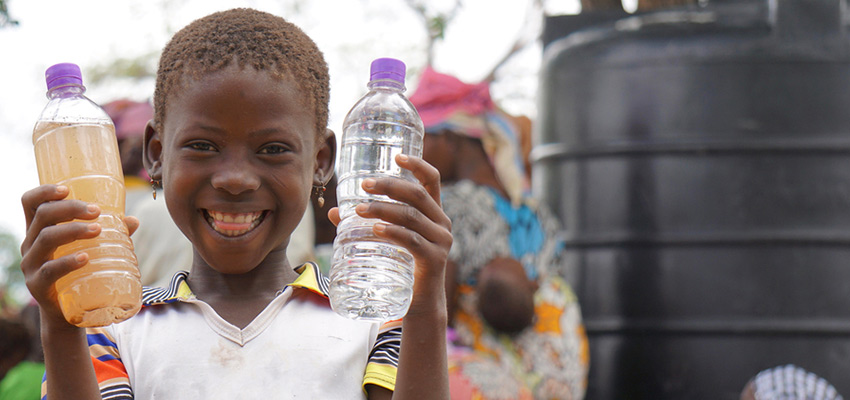
![More than 30 from MIT [including a D-Lab: WASH alumna and D-Lab Scale-Ups Fellow] named to Forbes 30 Under 30 lists](/sites/default/files/2018-12/Forbes%2030%20under%2030_0.jpg)
